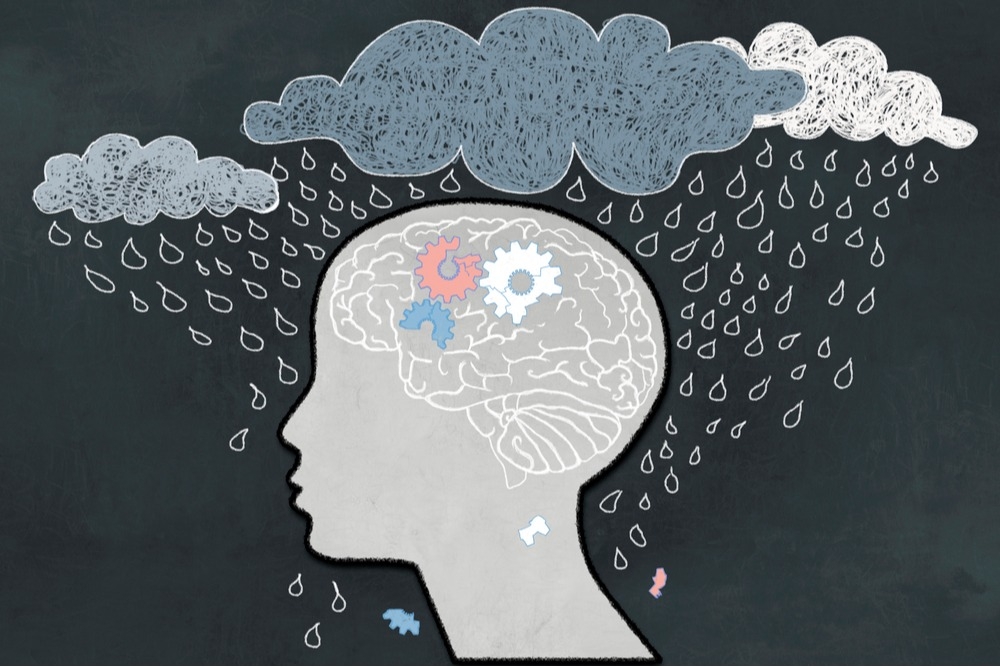Understanding Seasonal Affective Disorder (SAD): When the Seasons Affect Your Mood
What Is Seasonal Affective Disorder?
Seasonal Affective Disorder (SAD) is a type of depression linked to seasonal changes, most often appearing in the fall and winter when daylight hours shorten. While many people experience minor mood dips in darker months, SAD can cause significant sadness, fatigue, and loss of motivation that disrupt daily life.
The Science Behind SAD
Experts believe SAD is tied to reduced sunlight exposure, which can:
Recognizing the Symptoms
SAD can look like typical depression but with a seasonal pattern. Common signs include:
Who’s Most at Risk?
You may be at higher risk for SAD if you:
Proven Treatments for Seasonal Affective Disorder
The good news: SAD is highly treatable. Achieve Health providers use evidence-based therapies and holistic approaches to help patients regain balance and energy.
1. Light Therapy (Phototherapy)
A safe, first-line treatment that uses a special light box to simulate sunlight. Just 20–30 minutes daily can help restore healthy serotonin and melatonin levels.
2. Cognitive Behavioral Therapy (CBT)
Structured talk therapy that targets negative thinking patterns, builds resilience, and improves daily coping skills.
3. Medication
For moderate to severe SAD, antidepressants (SSRIs) may help regulate mood and prevent recurrent episodes.
4. Vitamin D Supplementation
Low sunlight often means low vitamin D—a contributing factor in depressive symptoms. Supplementation can help restore balance.
5. Lifestyle Support
When to Seek Help
If you notice your mood slipping with the season, don’t wait for spring to feel better. The earlier you seek care, the faster you can start feeling like yourself again.
At Achieve Health, we specialize in compassionate, integrative mental health care—supporting both body and mind through the darker months. Our clinicians offer individualized treatment plans, including light therapy guidance, nutritional support, and counseling designed around your needs.
Ready to Take the First Step Toward Brighter Days?
If you’re struggling with Seasonal Affective Disorder in Colorado, you’re not alone—and help is available. Ensure you reach out to your provider at Achieve Health so we can screen and develop a care plan which may include referrals to the appropriate mental health group, counselor, therapist or physician.
Go Back Seasonal Affective Disorder (SAD) is a type of depression linked to seasonal changes, most often appearing in the fall and winter when daylight hours shorten. While many people experience minor mood dips in darker months, SAD can cause significant sadness, fatigue, and loss of motivation that disrupt daily life.
The Science Behind SAD
Experts believe SAD is tied to reduced sunlight exposure, which can:
- Disrupt your circadian rhythm (your body’s natural internal clock)
- Lower serotonin levels—affecting mood and happiness
- Increase melatonin—causing sleepiness and lethargy
Recognizing the Symptoms
SAD can look like typical depression but with a seasonal pattern. Common signs include:
- Persistent sadness or low mood
- Fatigue and low energy even after sleep
- Increased appetite, especially craving carbs or sugar
- Weight gain in winter months
- Sleeping too much or too little
- Difficulty concentrating or making decisions
- Withdrawing from friends and social activities
- Feelings of hopelessness or guilt
Who’s Most at Risk?
You may be at higher risk for SAD if you:
- Live in northern regions with limited winter sunlight (like Colorado)
- Have a family history of depression or bipolar disorder
- Are under 50 years old
- Identify as female (SAD affects women more frequently than men)
- Work indoors or have limited daylight exposure
Proven Treatments for Seasonal Affective Disorder
The good news: SAD is highly treatable. Achieve Health providers use evidence-based therapies and holistic approaches to help patients regain balance and energy.
1. Light Therapy (Phototherapy)
A safe, first-line treatment that uses a special light box to simulate sunlight. Just 20–30 minutes daily can help restore healthy serotonin and melatonin levels.
2. Cognitive Behavioral Therapy (CBT)
Structured talk therapy that targets negative thinking patterns, builds resilience, and improves daily coping skills.
3. Medication
For moderate to severe SAD, antidepressants (SSRIs) may help regulate mood and prevent recurrent episodes.
4. Vitamin D Supplementation
Low sunlight often means low vitamin D—a contributing factor in depressive symptoms. Supplementation can help restore balance.
5. Lifestyle Support
- Get outside daily, even on cloudy days
- Exercise regularly—especially in natural light
- Maintain a consistent sleep schedule
- Stay socially connected
- Focus on balanced nutrition (limit sugar and processed carbs)
When to Seek Help
If you notice your mood slipping with the season, don’t wait for spring to feel better. The earlier you seek care, the faster you can start feeling like yourself again.
At Achieve Health, we specialize in compassionate, integrative mental health care—supporting both body and mind through the darker months. Our clinicians offer individualized treatment plans, including light therapy guidance, nutritional support, and counseling designed around your needs.
Ready to Take the First Step Toward Brighter Days?
If you’re struggling with Seasonal Affective Disorder in Colorado, you’re not alone—and help is available. Ensure you reach out to your provider at Achieve Health so we can screen and develop a care plan which may include referrals to the appropriate mental health group, counselor, therapist or physician.

